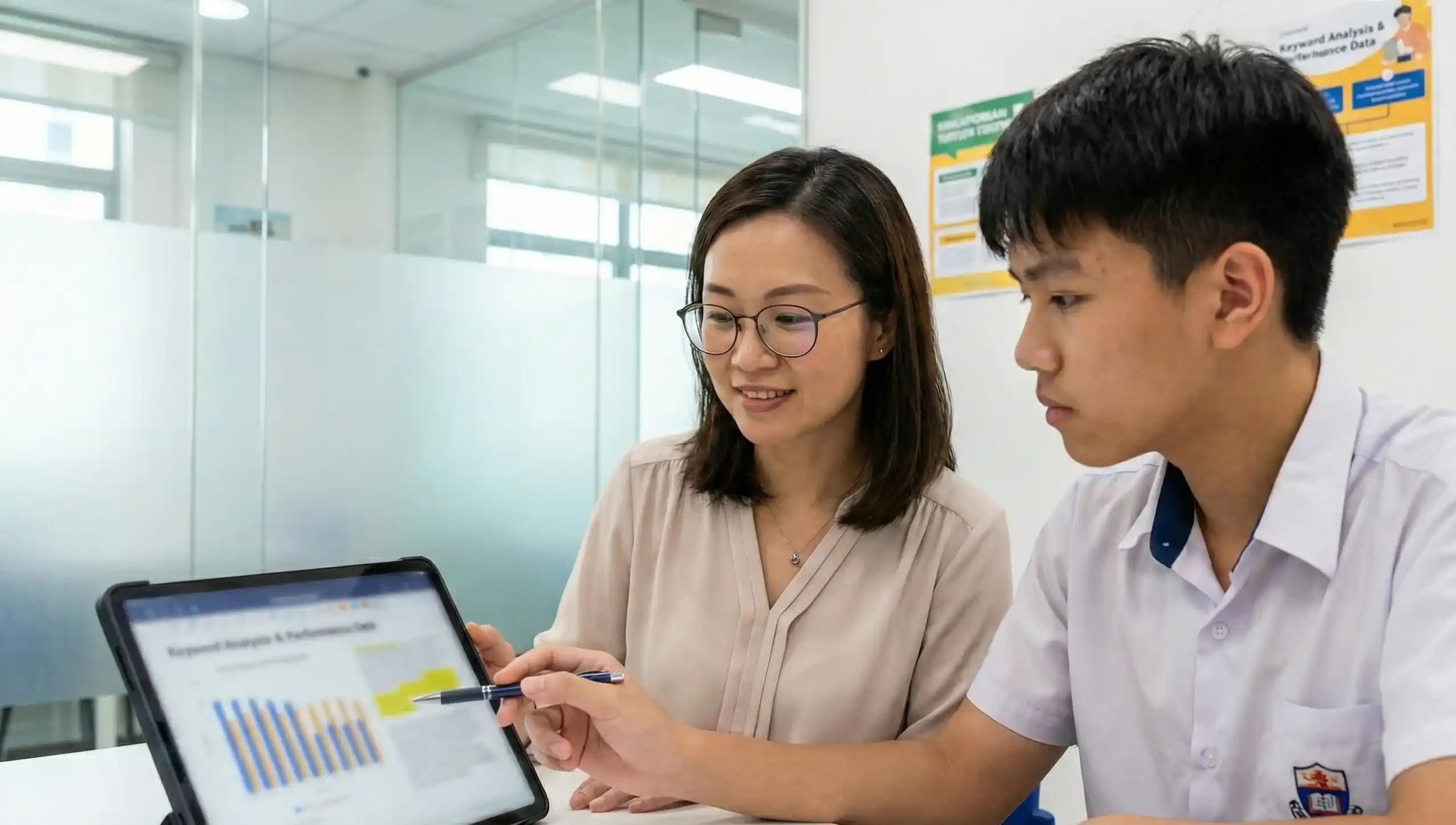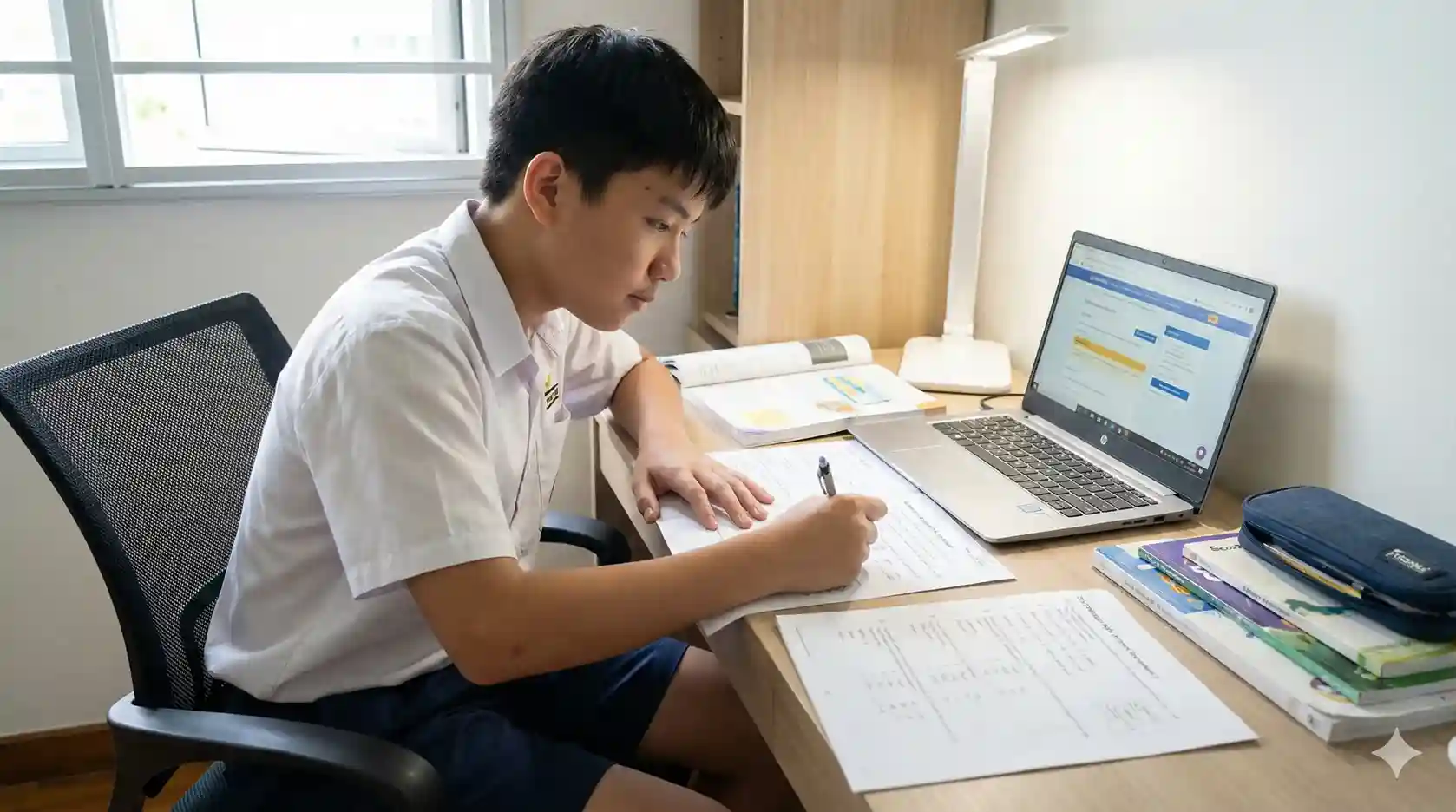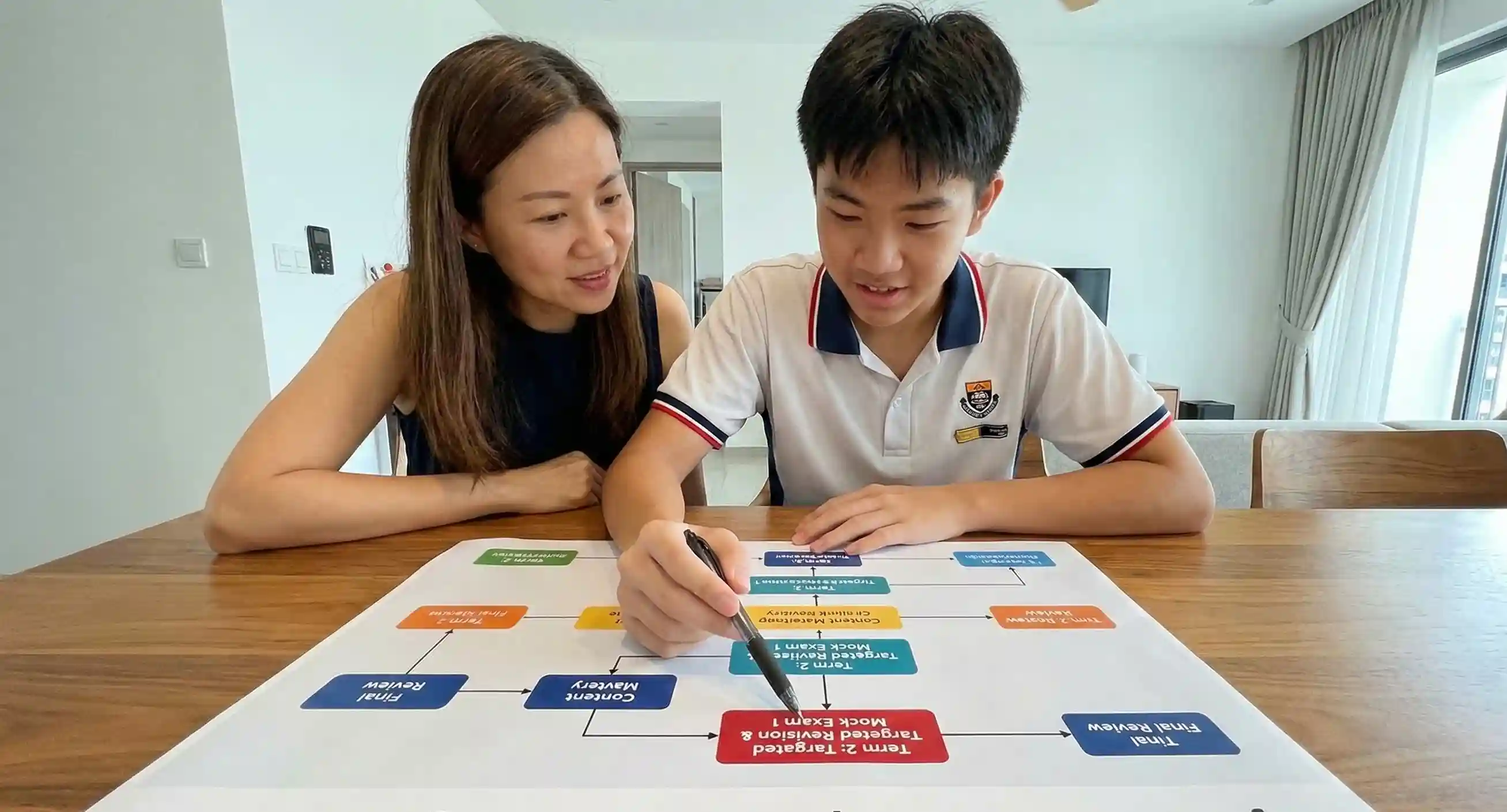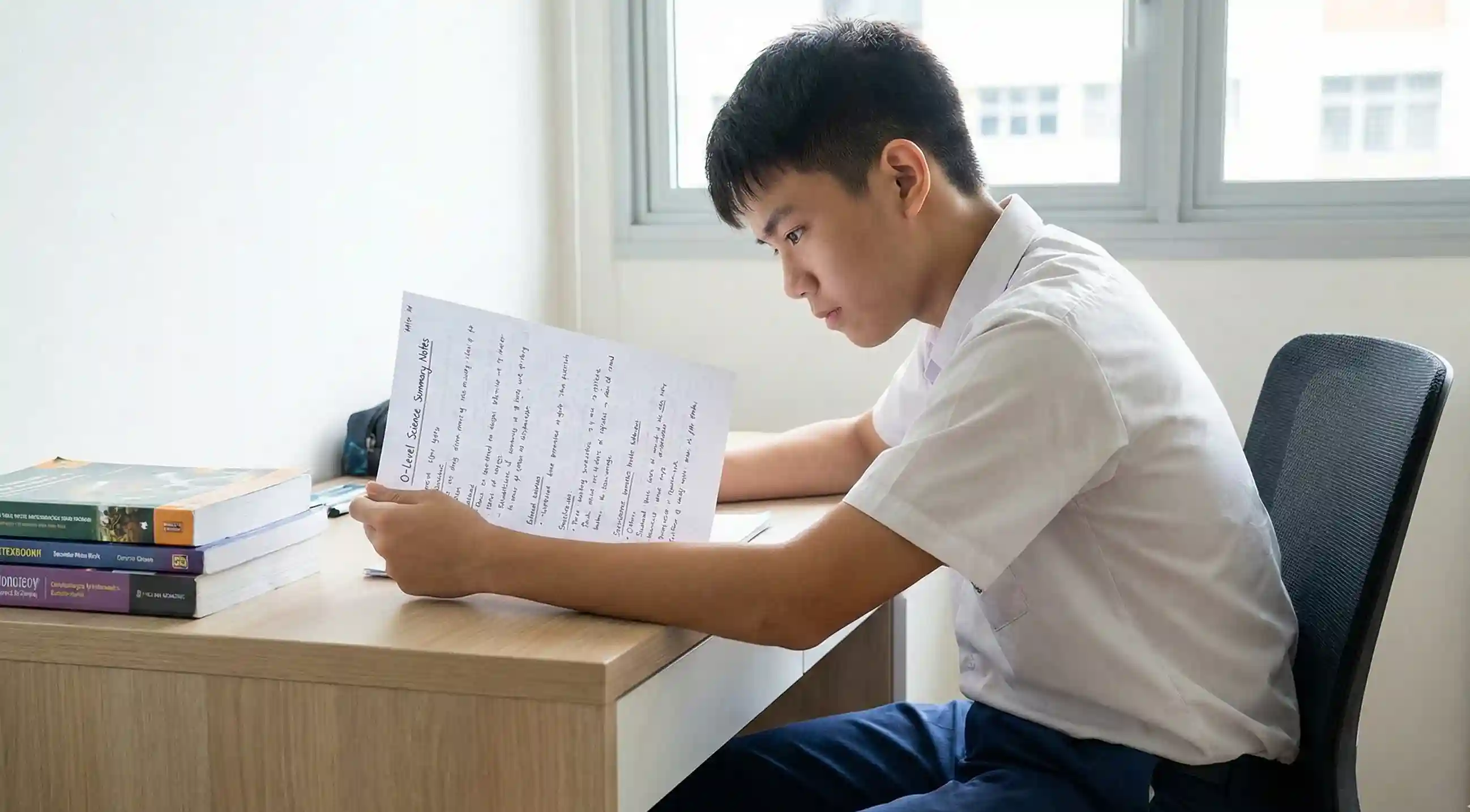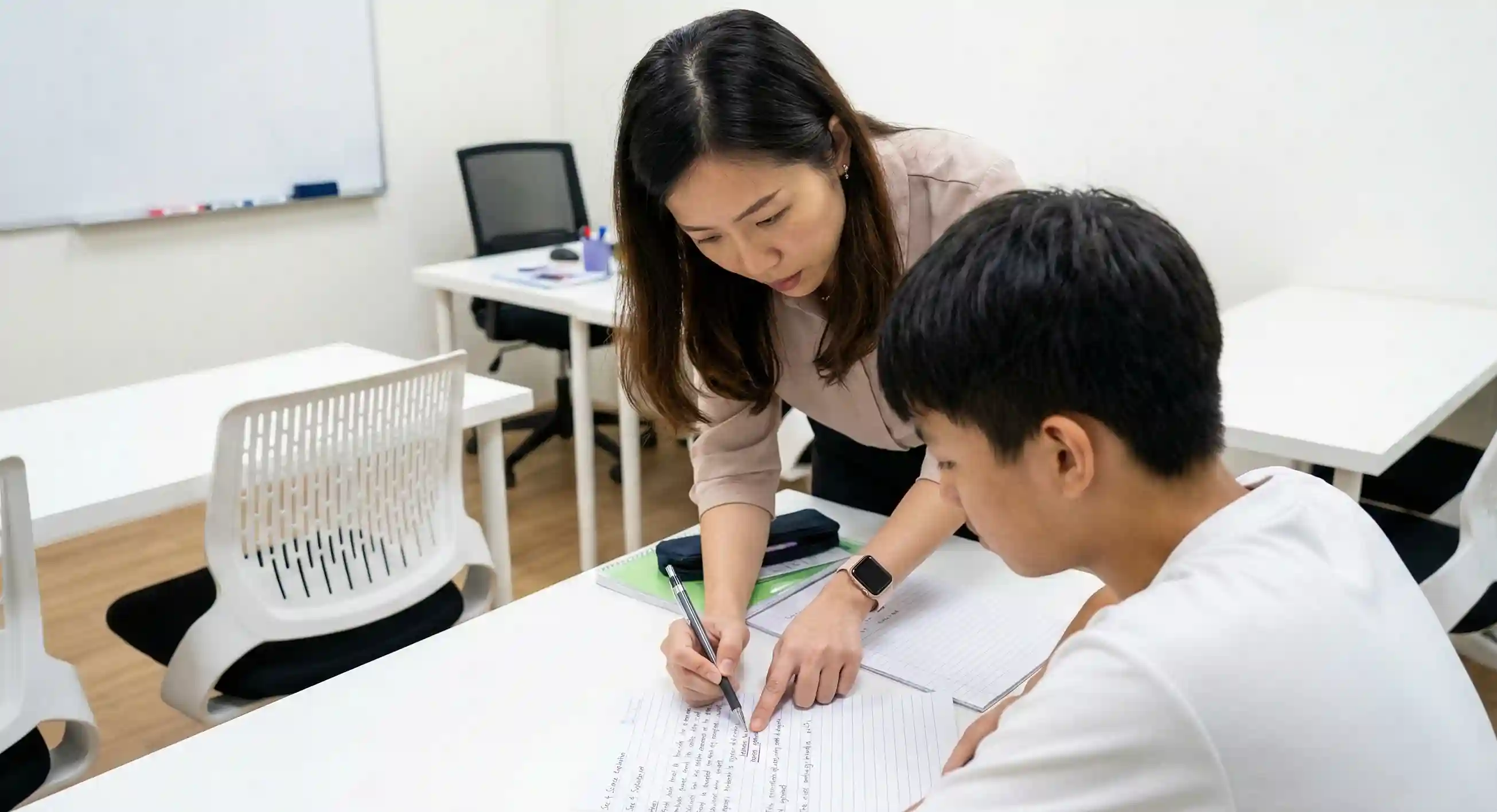Beyond Rote Learning: Developing Critical Thinking for PSLE Math Problem Sumss

Why Critical Thinking Matters for PSLE Math
In Singapore, the Primary School Leaving Examination (PSLE) is often seen as a milestone that shapes future education pathways. Among all the subjects, PSLE Math problem sums are widely recognised as the trickiest. They test far more than memorised formulas—they challenge students to apply logic, reason out multi-step problems, and think critically under time pressure.
While many parents turn to repetitive drilling and worksheets, there is a growing recognition—supported by the Ministry of Education (MOE)—that moving beyond rote learning is key to true academic success. By nurturing critical thinking and problem-solving skills early, children not only improve their PSLE Math scores but also gain lifelong abilities essential for the future.
What the Singapore MOE Emphasises: Problem Solving & Thinking Skills
Singapore’s MOE is clear about its educational philosophy. The 2021 Primary Mathematics Syllabus highlights five crucial components:
- Concepts
- Skills
- Processes
- Metacognition (thinking about one’s own thinking)
- Attitudes toward learning
MOE’s official syllabus even details how students are expected to develop heuristic strategies and metacognitive awareness learning how to approach new problems, not just replicate familiar ones. This aligns closely with MOE’s broader 21st Century Competencies framework, which aims to develop critical and inventive thinking so students can thrive in a complex world.
Why Rote Learning Falls Short
Many students practise by memorising steps or patterns. This is rote learning—it might work for standard question types, but once a problem is rephrased or involves multiple linked concepts, the child often gets stuck.
Common signs of rote dependency include:
- Immediately looking for a template solution without reading carefully.
- Freezing up when numbers or phrasing are different from practice examples.
- Struggling to explain why they chose a particular method.
That’s why MOE and educators increasingly stress critical thinking for PSLE Math problem sums—helping students analyse, interpret, and decide on the best approach, instead of blindly following a set of memorised steps.
Introducing Heuristics: The MOE-Approved Way to Solve Problem Sums
So, how can children tackle PSLE Math problem sums with critical thinking instead of rote learning? The answer lies in heuristics, a set of problem-solving strategies explicitly listed in the MOE syllabus.
Key heuristics include:
- Drawing diagrams or bar models to visualise relationships.
- Making systematic lists or tables to organise data.
- Looking for patterns to predict outcomes.
- Working backwards from the final result to figure out initial values.
- Guess and check when direct computation is complex.
- Simplifying the problem or considering special cases first.
By teaching children to apply these strategies, parents can help them develop flexible thinking and better adapt to any question format.
How to Help Your Child Build Critical Thinking at Home
1. Diagnose your child’s current approach
Observe how your child tackles Math problem sums. Do they jump straight into calculations without planning? Do they always look for a “formula” instead of analysing the question? Identifying these habits is the first step.
2. Teach heuristics one at a time
Focus on one heuristic each week. For example, spend a week mastering bar models, then move on to working backwards. Use simple examples first, then progress to full PSLE-style problems.
3. Encourage thinking aloud
Ask your child to explain why they’re choosing a particular method. This strengthens metacognition, one of MOE’s core learning goals, by helping them reflect on their own thinking.
4. Create a low-pressure practice routine
Instead of endless worksheets, use 3–5 well-chosen problems each week that challenge them to pick a strategy. Discuss mistakes as learning opportunities, not failures.
5. Relate problem solving to real life
Spot opportunities in daily life: calculating sale discounts, splitting food into portions, planning a shopping budget. This shows Math isn’t just for exams—it's a life skill.
The Role of Targeted Tuition and Smart Learning Platforms
When parents feel unsure about coaching heuristics or metacognition themselves, targeted PSLE Math tuition for problem sums can help. However, it’s essential to find tuition that teaches how to think, not just repeat methods. Good programmes spend time on:
- Identifying which heuristics work best for each type of problem.
- Modelling “thinking aloud” strategies so students internalise the process.
- Providing varied, non-standard questions to build adaptability.
Platforms like Geniebook take this a step further. Their adaptive AI worksheets and live classes mirror the MOE syllabus, specifically building critical thinking and problem-solving confidence. Geniebook’s personalised reports even show which types of questions your child struggles with—helping parents guide them more effectively. This makes it a powerful complement to school learning or tuition.
How to Track Progress Beyond Just Scores
Rather than focusing only on practice marks, look for signs of deeper learning:
- Is your child using different heuristics based on the problem type?
- Can they explain their reasoning clearly?
- Do they tackle new or unusual problems without panicking?
When students reach this stage, they’re not just preparing for PSLE—they’re developing genuine mathematical thinking that will serve them in secondary school and beyond.
Conclusion: Preparing for PSLE Success and Lifelong Thinking Skills
Moving beyond rote learning in PSLE Math means helping your child become a flexible, strategic thinker. By teaching heuristics, fostering metacognition, and encouraging thoughtful practice, parents can give their children the tools to excel not only in the PSLE but in all future academic challenges.
Whether you guide them yourself, use targeted tuition, or support them with platforms like Geniebook that align closely with MOE’s emphasis on problem-solving and critical thinking, the key is clear: equip your child with the mindset to understand, adapt, and thrive.
 SG
SG  VN
VN 
